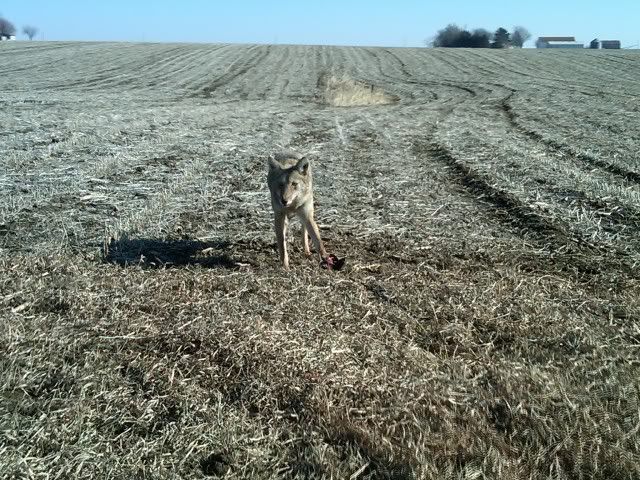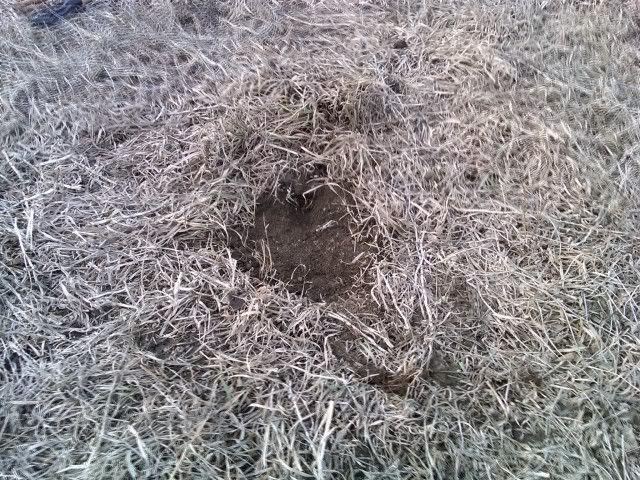AZHunter
Iowa Boy At Heart
I don't know for sure, but I will say that in times past I have hunted pheasants in areas with strong pheasant populations AND strong coyote populations, year in and year out. That's not scientific, but it suggests to me that both can exist in good numbers in a given area. That is not to say that a coyote wouldn't enjoy a meal of cold pheasant whenever he could.But my sense is that they DO NOT single handedly destroy the pheasant population.
However, after having watched multiple coons and possums and some skunks "work"/hunt a draw or fenceline, etc, it is quite conceivable to me that few nests will escape unscathed if one of those beasts gets downwind of a batch of eggs. My hunch is that these nest marauders probably kill more pheasants annually than coyotes, but again, I really don't have any science behind that, just multiple observations.
In short...I could buy that.
I would have to do some digging to find the scientific journal articles, but yes, this is generally true (although not specific to pheasants). Coyotes are great at controlling the coon, skunk, opossum, etc. populations, thereby helping with the hatching success of all ground nesting birds.
I also have journal articles burried somewhere that have very solid scientific data that reflect and support the clipping that Blake posted earlier. Hunting coyotes can actually lead to increased populations. Females coyotes respond to increased pressure by producing more litters per year and having more pups per litter (its called increased fecundity). I've posted this information in another post a year or so ago and like I said that time, I'm NOT anti-coyote hunting. I work in wildlife management and there is definitely a need for predator control; however, I wanted to point out the irony of helping increase the population of coyotes by trying to decrease the populations!
If anyone is really interested, I can dig to find the article(s) and email them a pdf of them.






